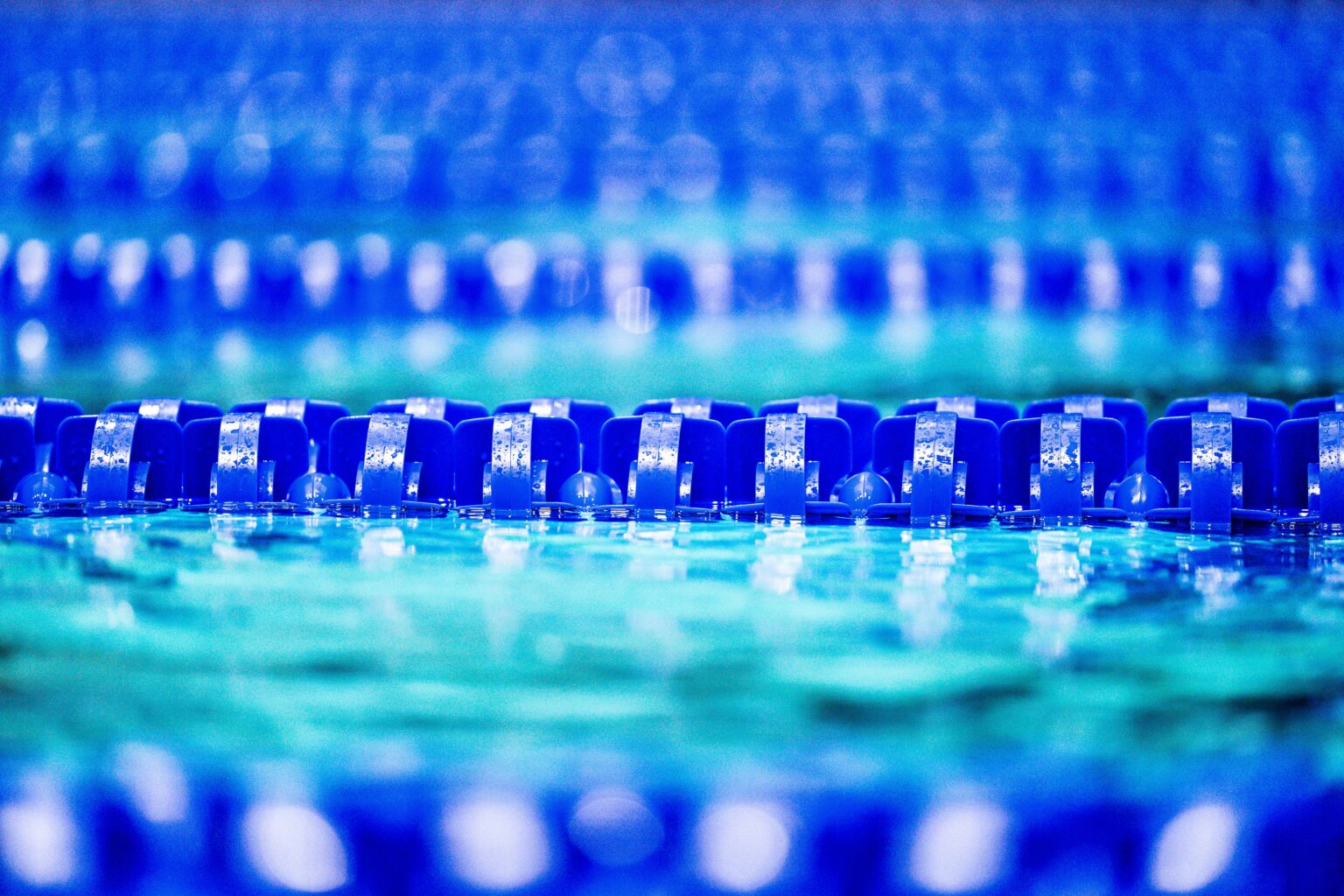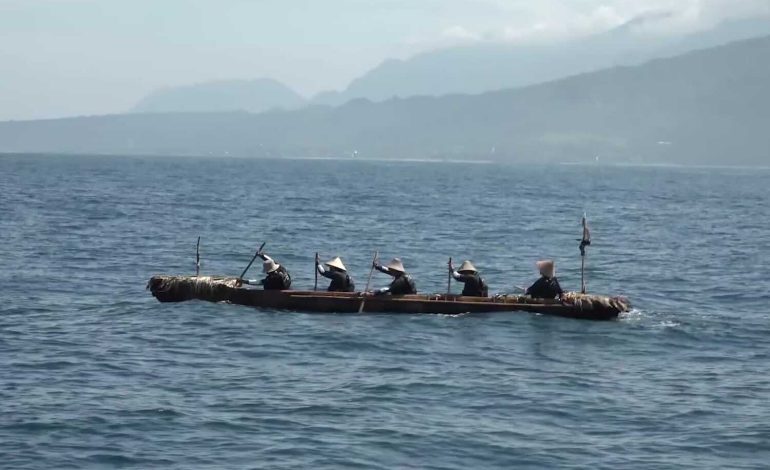In an effort to better understand how early humans navigated powerful ocean currents and reached Japan’s southern islands more than 30,000 years ago, a team of Japanese researchers has successfully recreated a prehistoric sea voyage using a dugout canoe made with ancient tools and techniques, the New York Times reports.
Led by anthropologist Yousuke Kaifu of the University of Tokyo, the team turned to “experimental archaeology” — a hands-on approach to testing historical hypotheses — to investigate how ancient seafarers might have crossed the Kuroshio, a fast-moving ocean current, from Taiwan to the Ryukyu Islands.
The project’s findings were published in two companion studies in the journal Science this week. One paper used advanced ocean modeling to simulate hundreds of possible prehistoric voyages, while the other detailed a successful 45-hour crossing the team made in 2019 in a hand-carved canoe.
The 25-foot-long vessel, named Sugime, was hollowed from a Japanese cedar log using edge-ground stone tools resembling those used around 28,000 years ago. A crew of five paddled the canoe 122 nautical miles from Taiwan to Yonaguni Island, relying on natural navigation aids like the sun, stars, and wind — all without modern instruments or maps.
“This is likely the most plausible explanation for how early humans reached the Ryukyu Islands,” said Peter Bellwood, an archaeologist at the Australian National University not involved in the research.
He described the migration as one of the longest open-sea voyages undertaken by early Homo sapiens, second only to the ancient migration to Australia from Indonesia.
Archaeological evidence from several of the Ryukyu Islands suggests that human presence in the region dates back 35,000 to 30,000 years. However, because the islands were never connected to the mainland, travel would have required deliberate sea crossings of 50 to 110 miles — a significant challenge even by today’s standards.
Early in the project, Dr. Kaifu’s team tested other types of vessels — including reed boats and bamboo rafts — but found them too slow or fragile to handle the Kuroshio current. Through these trials, the researchers determined that a vessel would need to maintain a speed of at least two nautical miles per hour to successfully cross the current.
The team’s final solution — the cedar canoe — was both durable and fast enough to make the journey. The success, however, highlighted another key question: Was the original migration intentional or accidental?
To explore this, the researchers launched 138 satellite-tracked buoys from Taiwan to simulate drift patterns. Only four came close to the Ryukyu Islands, and all were carried by storms. These results suggest that passive drift was unlikely to bring early humans to the islands, reinforcing the theory of purposeful navigation.
Dr. Kaifu believes the early voyagers would have seen the islands from Taiwan’s mountainous coast and embarked with intention.
“They weren’t just accidental castaways,” he said. “They had effective strategies and the determination to cross into the unknown.”










The latest news in your social feeds
Subscribe to our social media platforms to stay tuned